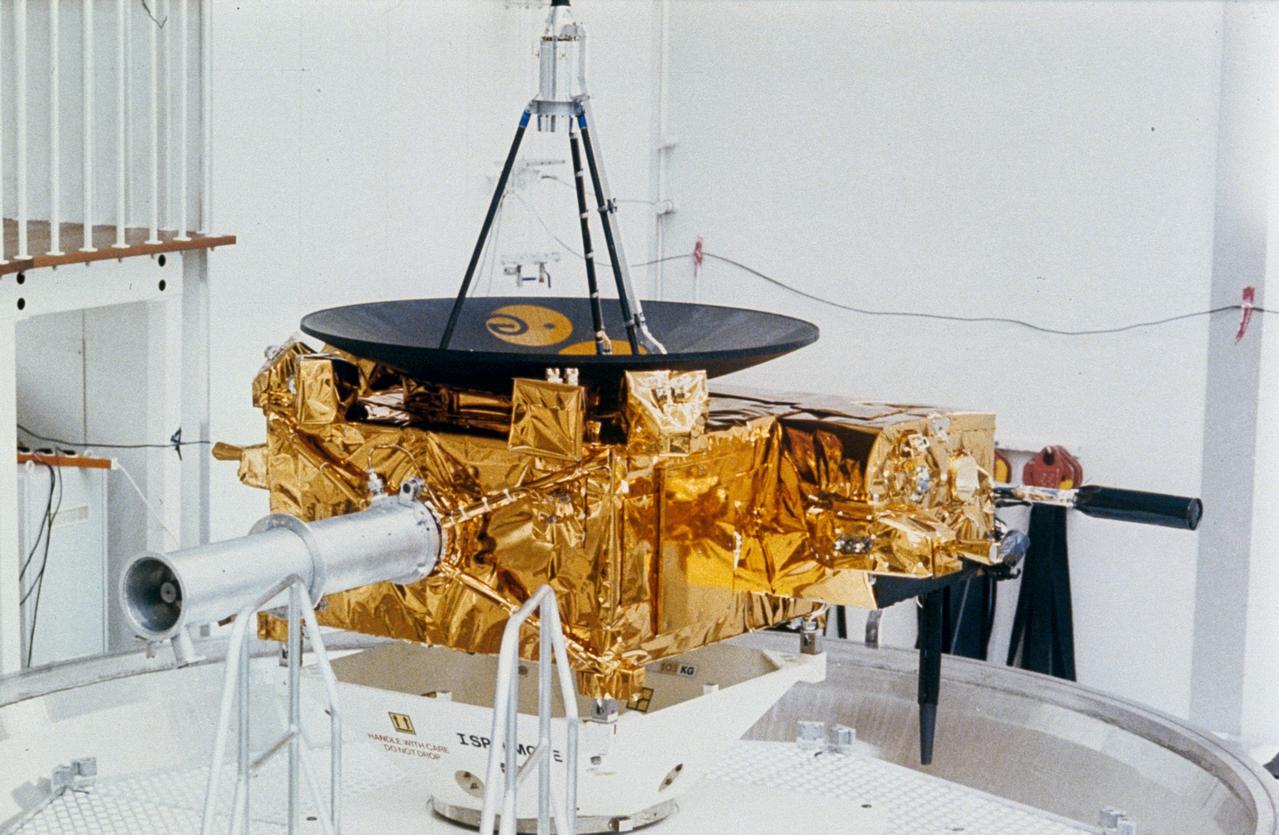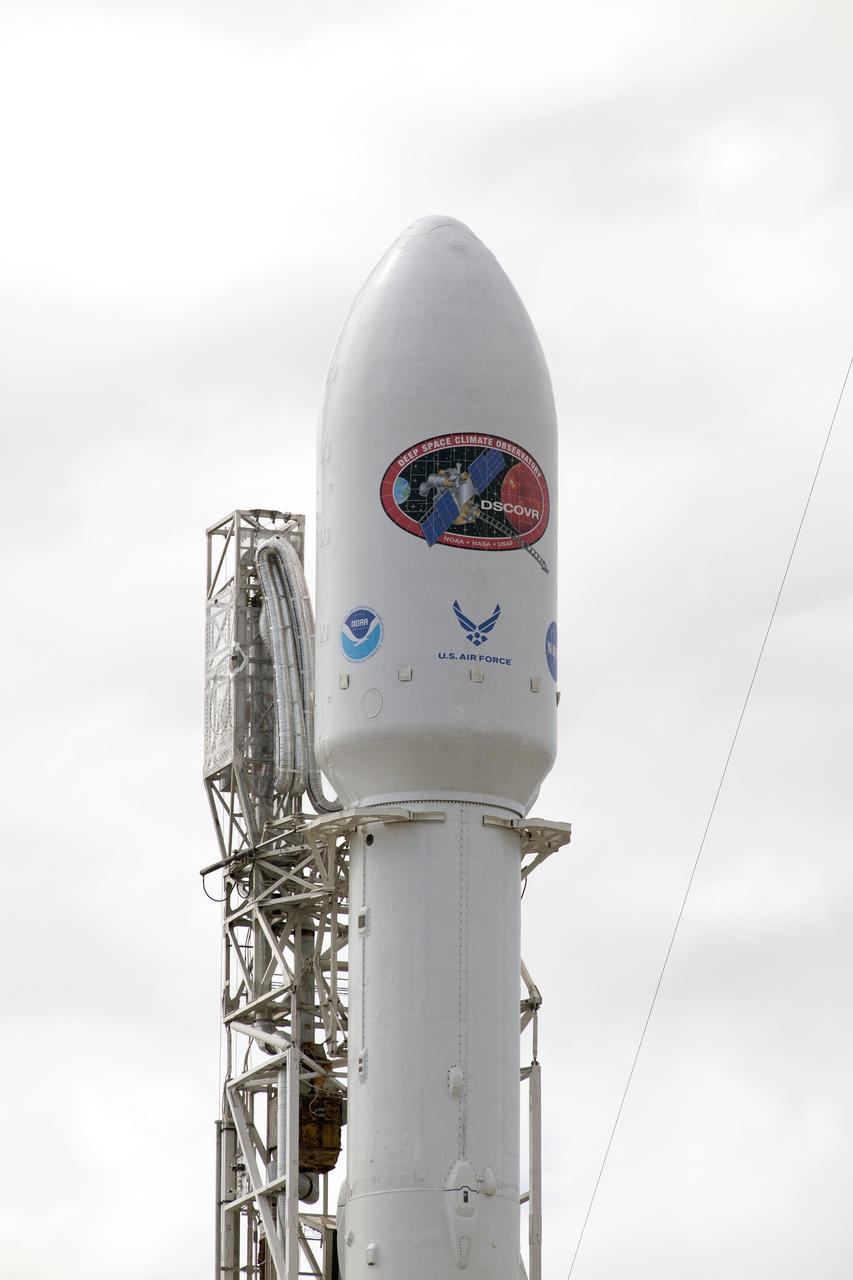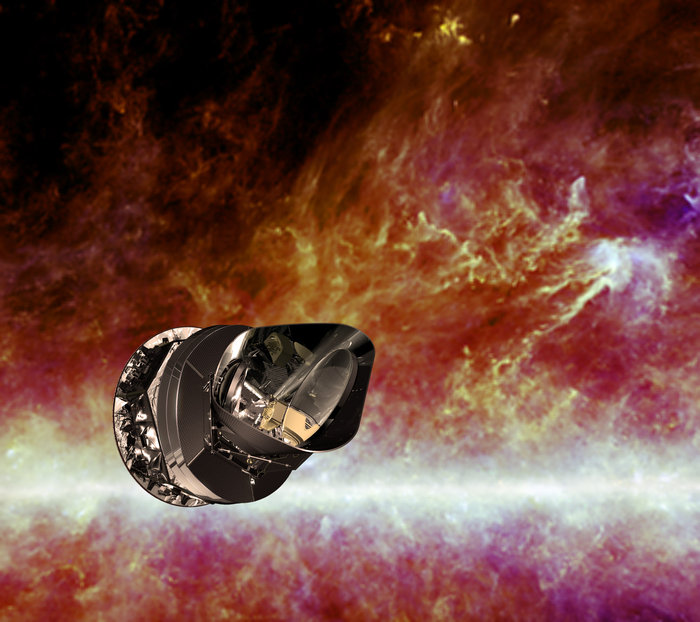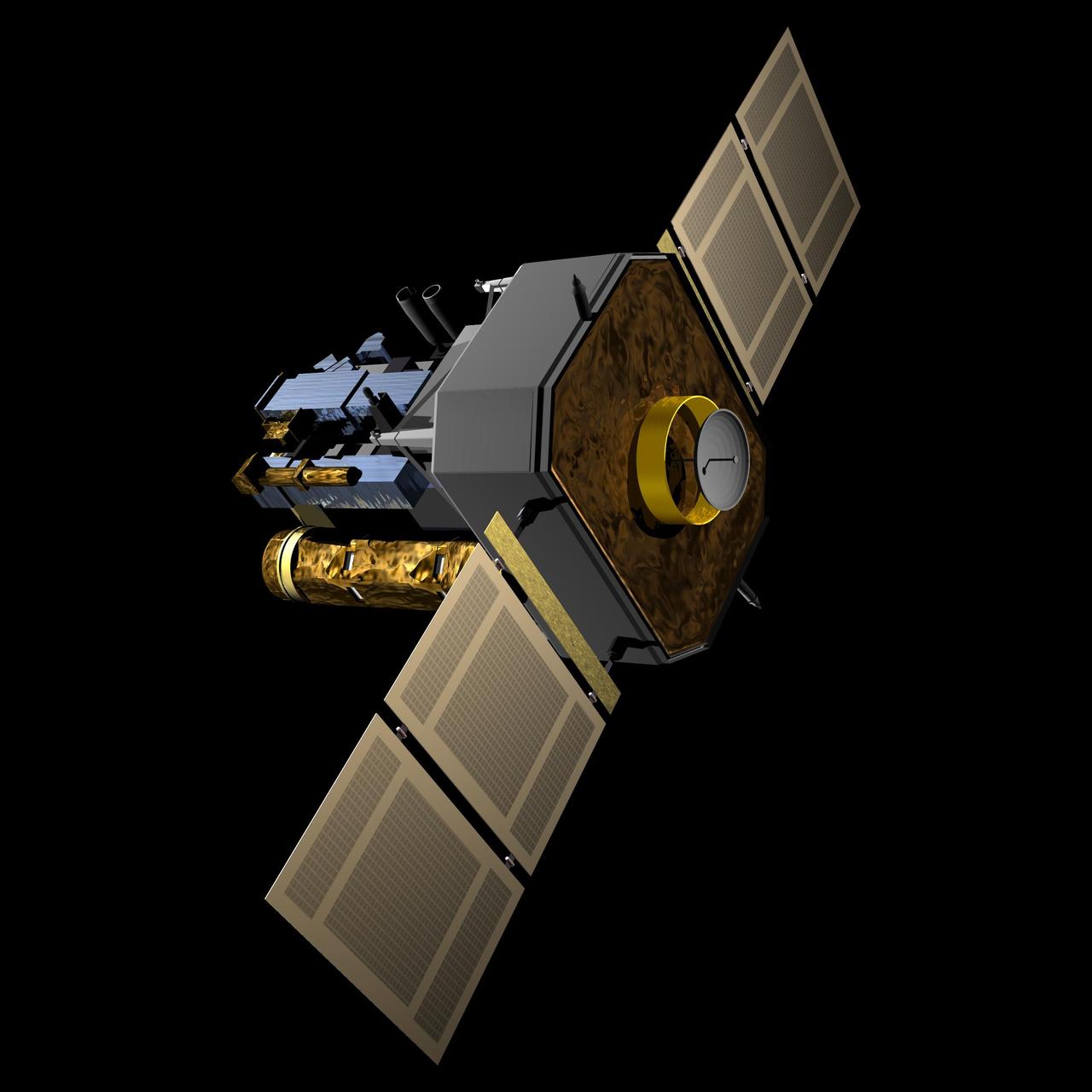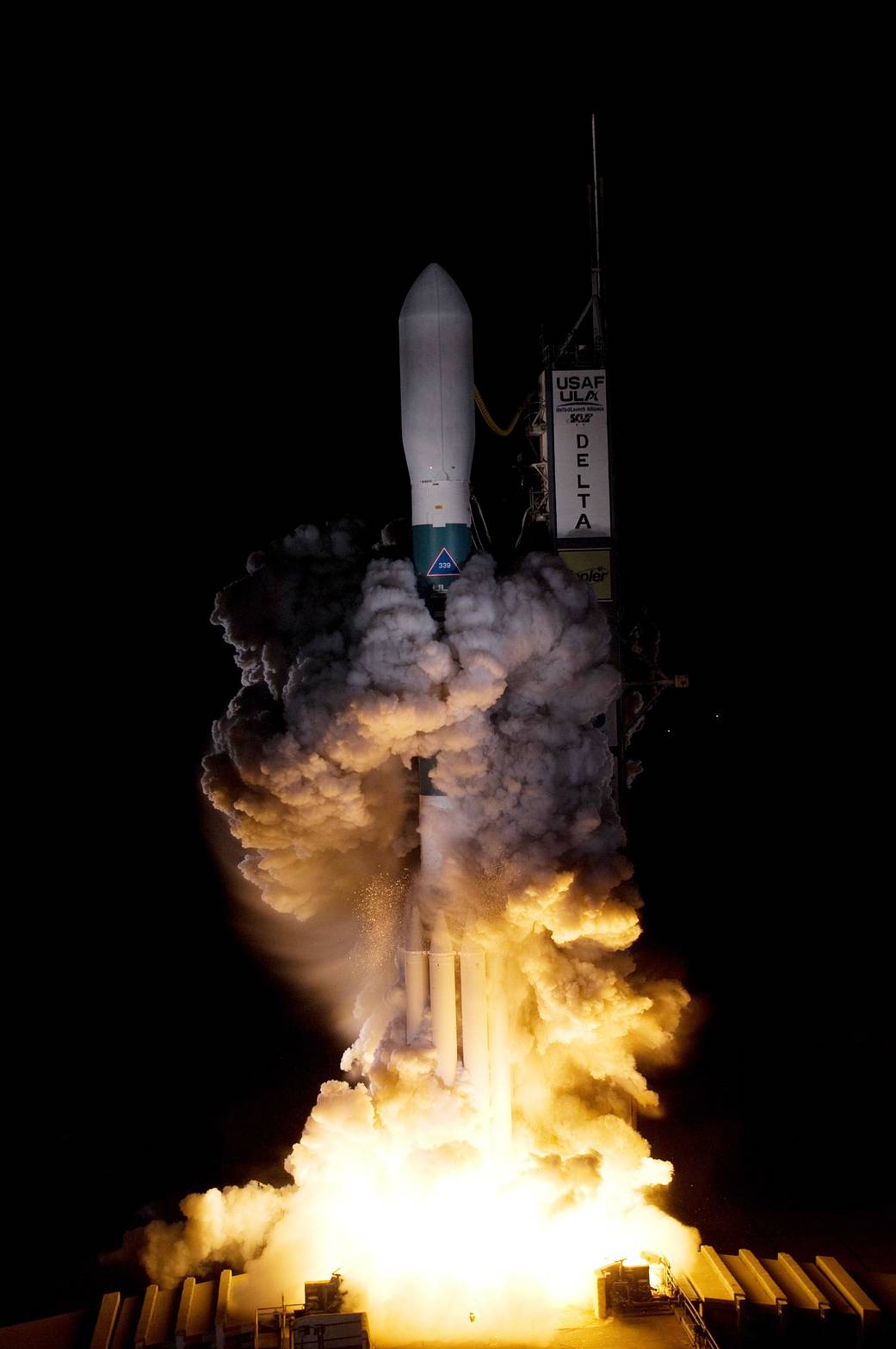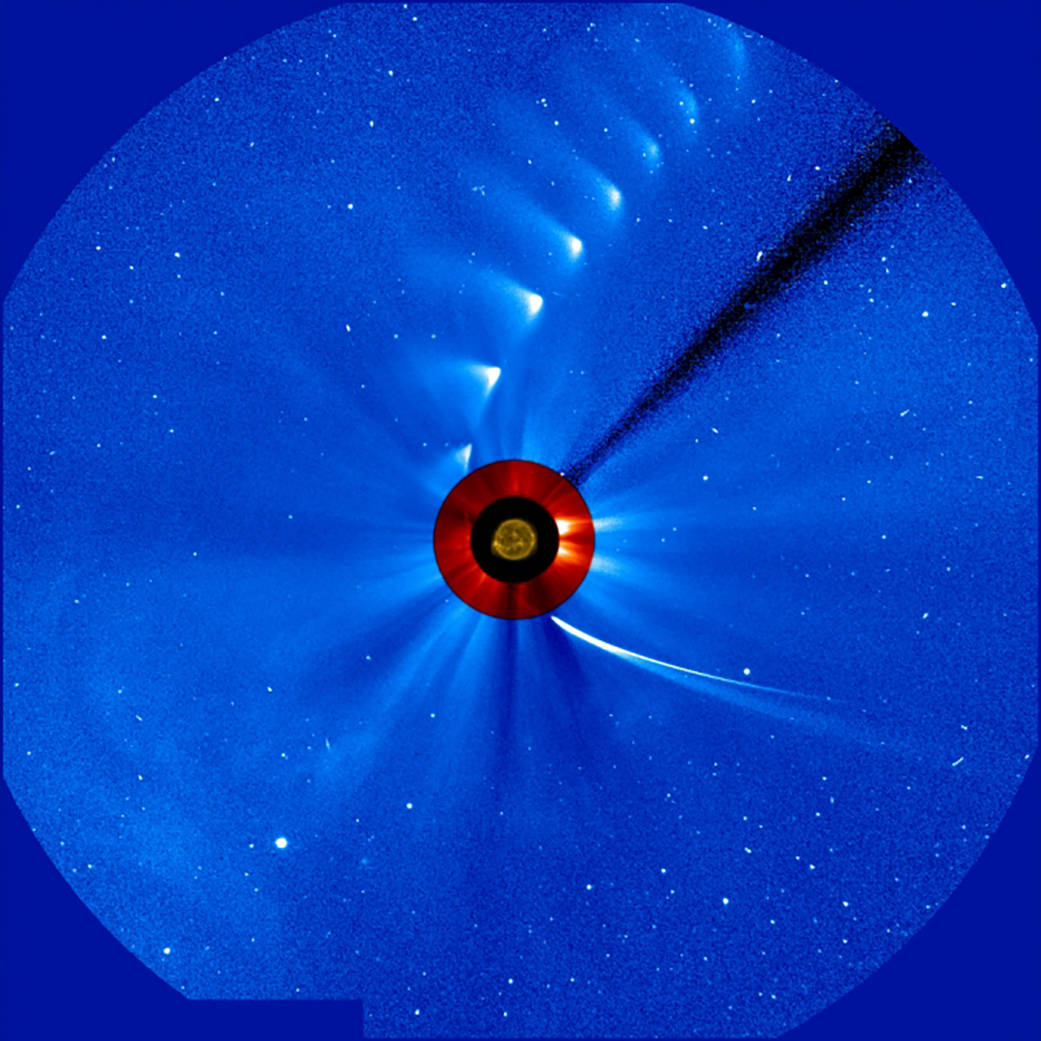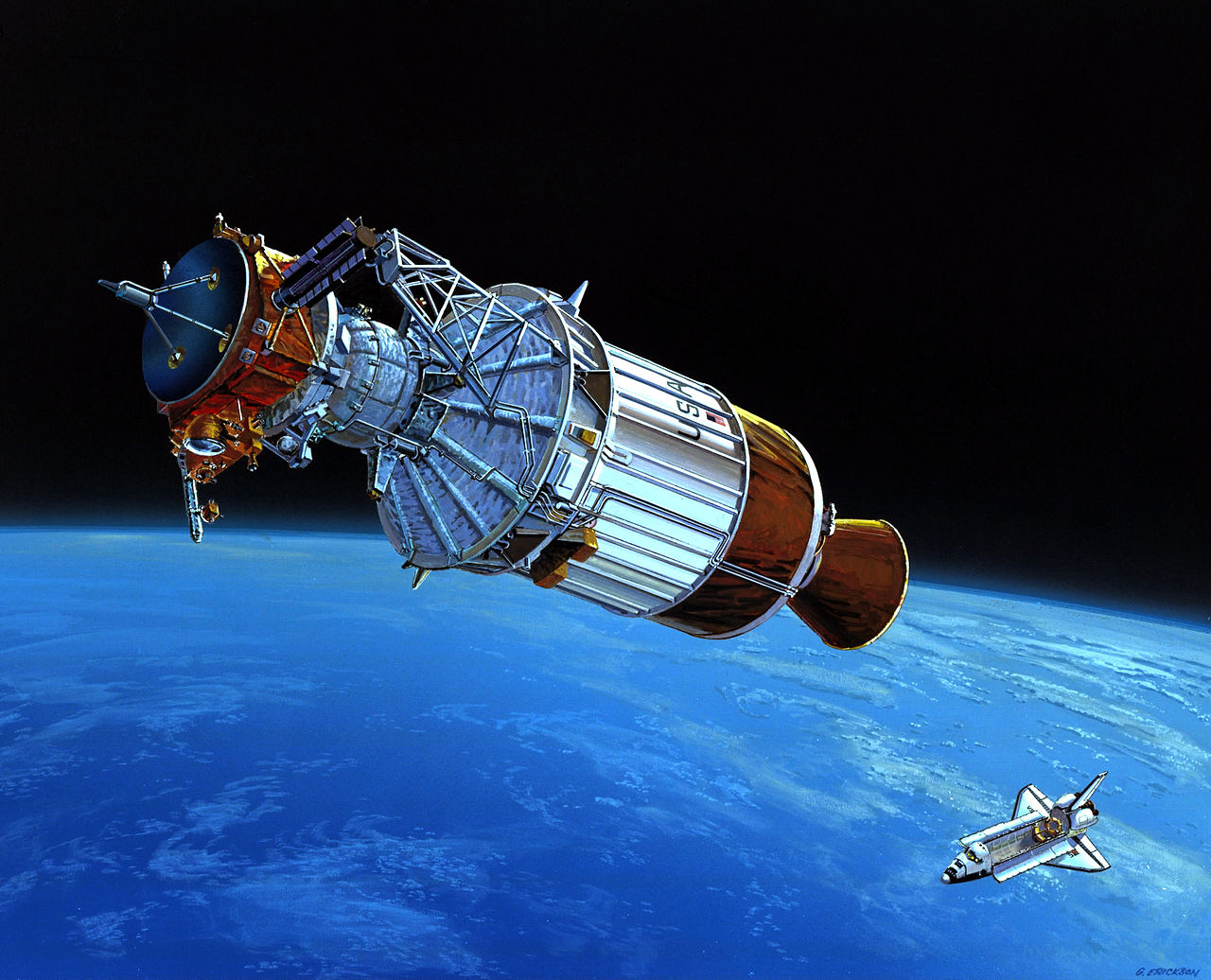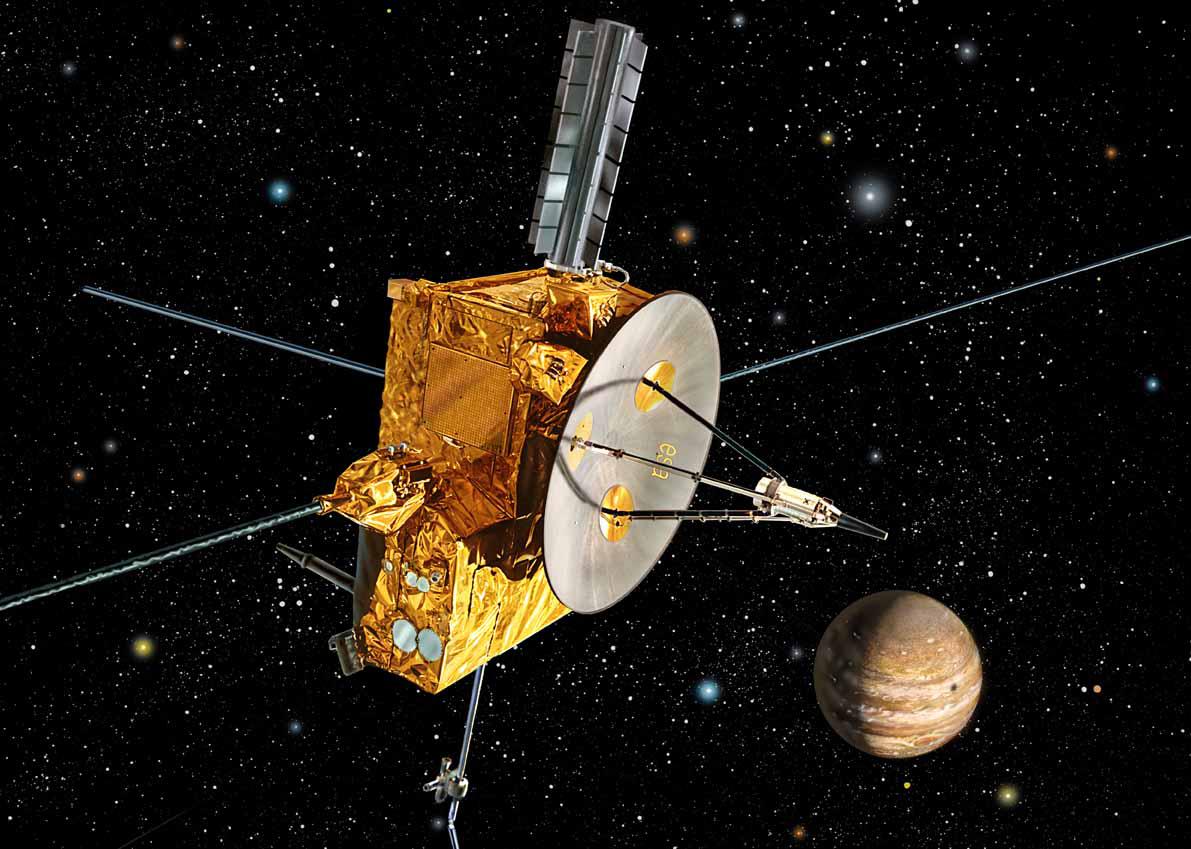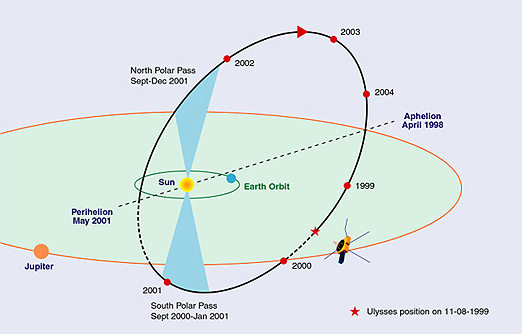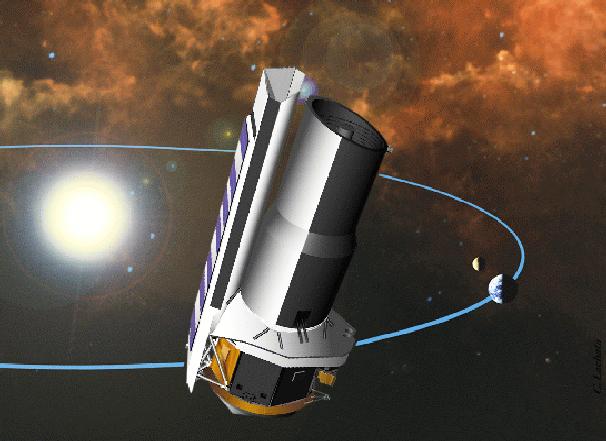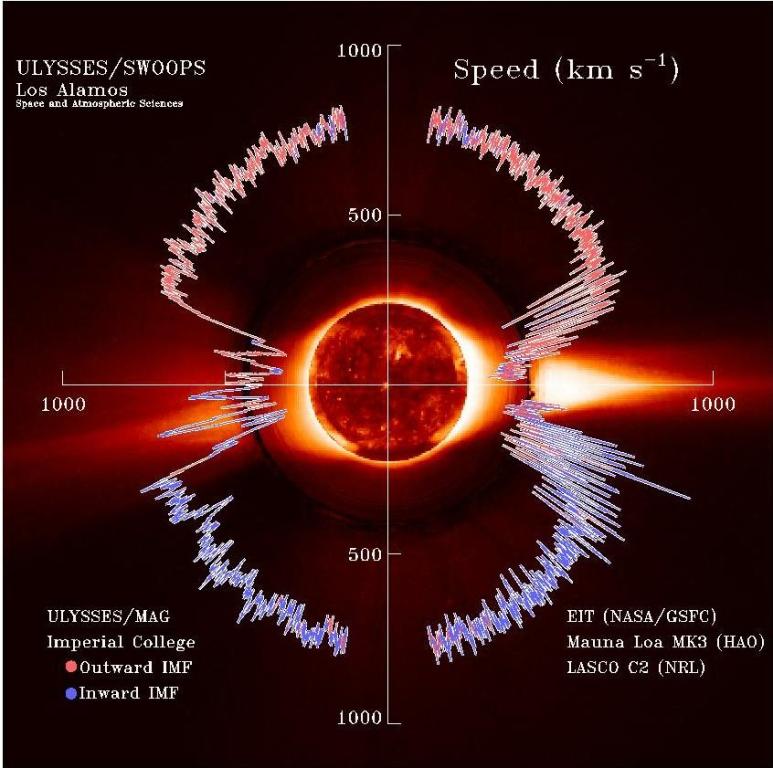Space Based Telescopes & Scientific Observatories 🛰
Eyes In Space
Since the dawn of time, humans have studied the heavens from Earth. With the coming of the Space Age, we would begin to take advantage of the benefits of studying the universe from the vacuum of space itself! Depending on the science mission, some telescopes and space observatories end up far from Earth, or orbiting special points in space called the Lagrangian points!
Space Telescopes And Observatories Changing Our Understanding Of The Universe!
Depending on the mission’s destination, the target of study, type of observation or the thermal environment requirements, will likely determine the preferred location in space to achieve the mission objectives! This often means not orbiting in low-Earth orbit as another artificial satellite as its location won’t be ‘fit for purpose’!
If the mission objective is to learn about the Sun’s radiation at solar poles, like the Ulysses spacecraft set out to do, you’ll need to be positioned into a heliocentric polar orbit! If the science questions you're trying to answer relate to the Sun's corona (outer atmosphere) then you need a mission like the Parker Solar Probes which has come closer to the Sun than any object ever has before!
If the mission objective is to act as a solar watchdog (early warning system for solar storms), as the Solar and Heliospheric Observatory (SOHO) does or need a constant sunlit view of Earth 24/7 (DSCOVR), then orbiting around the Lagrangian point (L1) between the Sun and Earth is an ideal location for the space observatory.
To study objects in the solar system, Milky Way and beyond, astronomers use a number of different telescopes sensitive to particular parts of the electromagnetic spectrum. However, some parts of the spectrum are absorbed by Earth’s atmosphere or are very faint and difficult to detect, so require the space telescope or observatory to be placed in a particular location.
Other missions specifically require a position far from the Earth, where they can observe the entire celestial sphere over the course of a year, without orbiting in and out of the Earth’s shadow; causing it to heat up and cool down which distorts its view. The Lagrangian point (L2) 1.5 million kilometres from the Earth provides an ideal stable viewpoint. This is a popular position for missions performing all-sky surveys and a constant thermal environment, such as; the Herschel Space Observatory, Planck, Gaia and the James Webb Space Telescope.
The Spitzer Space Telescope and Kepler Telescope are both in Earth-trailing heliocentric orbits, where they did not have to contend with the comparatively warm environment in near-Earth space from the infrared radiation from the Earth/Moon system.
